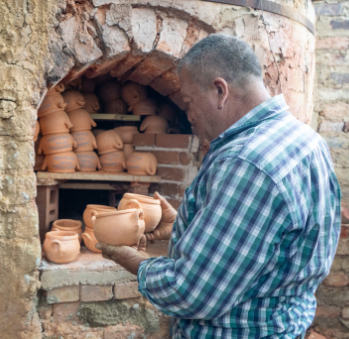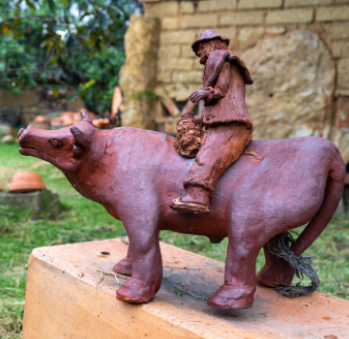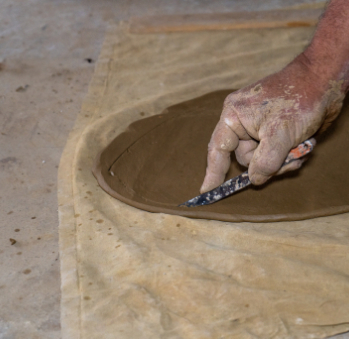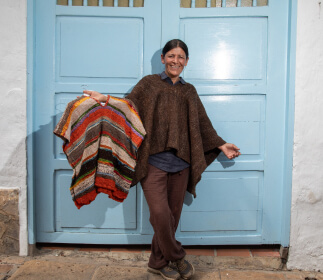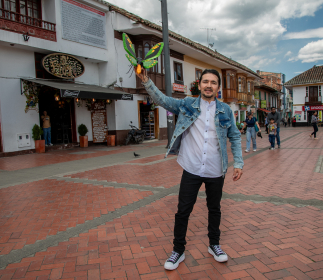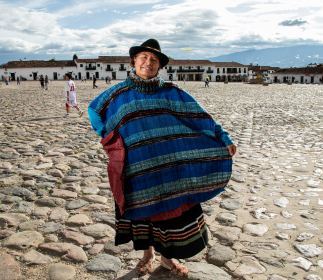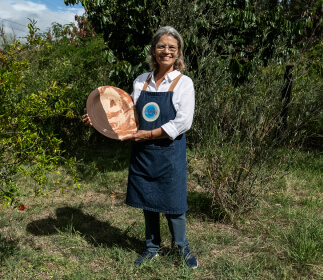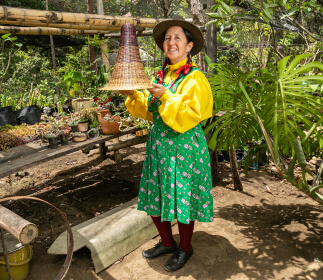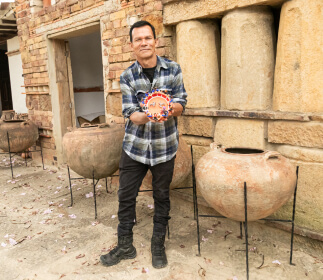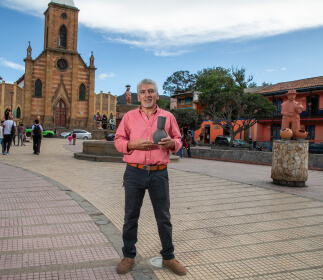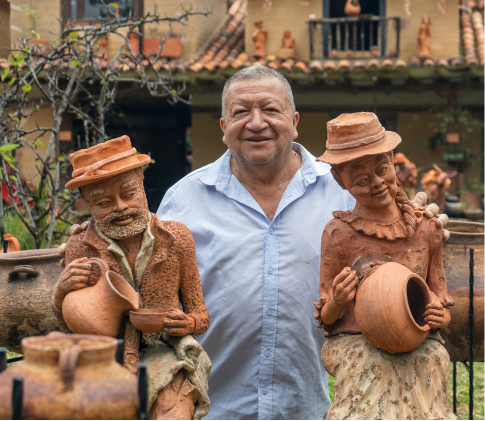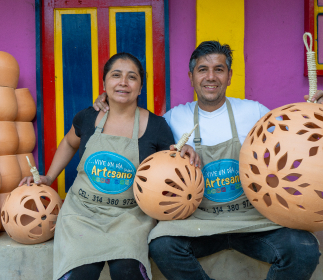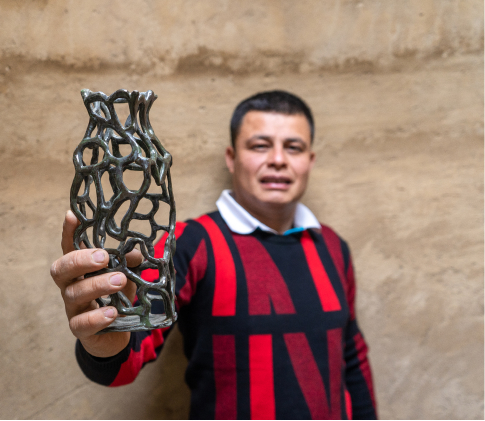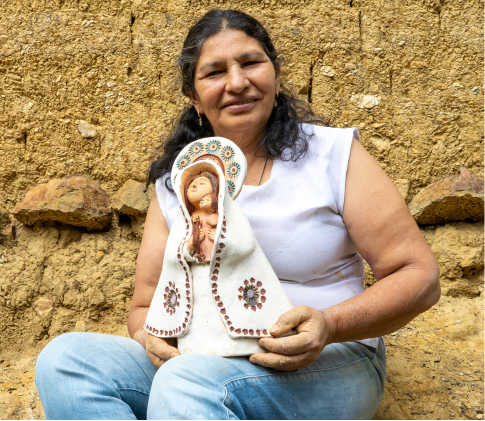Reyes Manuel Suárez
Workshop: Barro de Reyes
Craft: Alfarería y Cerámica
Trail: Ráquira - Chiquinquirá Route
Location: Ráquira, Boyacá
This family has been making crafts in Ráquira for over a century. The grandfather Reyes, the father Manuel, and, finally, the son, Reyes Manuel. He has the memory of an elephant and knows every detail of the four streets that made up his childhood town. He is also able to remember the time when there were only four craftspeople who worked with clay in the region: his grandfather, Ms. Elisa Rodríguez, Mr. Laureano Martínez, and Mr. José Melo. They are the ones responsible for this orange town’s fame.
He remembers the bundles of dozens of wares that the craftspeople used to make. He remembers them crafting chocolate pots (chorotes), mugs, and small pots, which they used to exchange for salt in Zipaquirá. It was crucial for them to take their products to the fairs in Chocontá. He recalls all of this as if it had happened yesterday. He remembers sitting by his father’s side one day when he was only seven and watching him work. He tried to clumsily imitate him. Today, the memory makes him laugh. In the end, he was a very good student. He learned from his father and started his own system of teaching and working. He worked very hard and had very long days. He would wake up at three in the morning to start making his wares. He would even start working on the nativity scenes he would sell in December all the way back in June. Those pieces would make him famous.
It fills him with pride to name all of his father’s accomplishments: Artesanías de Colombia awarded him for his varnished Ráquira dishes during Alfonso López Michelsen’s administration; he invented the clay pigs that made their way into every Colombian home as piggy banks; he was one of the pioneer makers of animal figures — mainly small horses—, as well as of rural women and spinners. It would seem as if his vocation for manual work was cultivated in the region. His grandfather was born in the Resguardo Occidente village: a “small nest of craftspeople” where Ms. Otilia Ruiz is also from.
He remembers everything vividly and knows that he has inherited a very important tradition. He works every day to keep it alive. Thus, he continues the ancestral traditions he received and is now making history by himself.
Craft



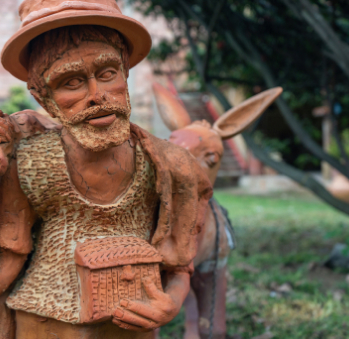






Artisans along the way
Artisans along the way
No puede copiar contenido de esta página










































